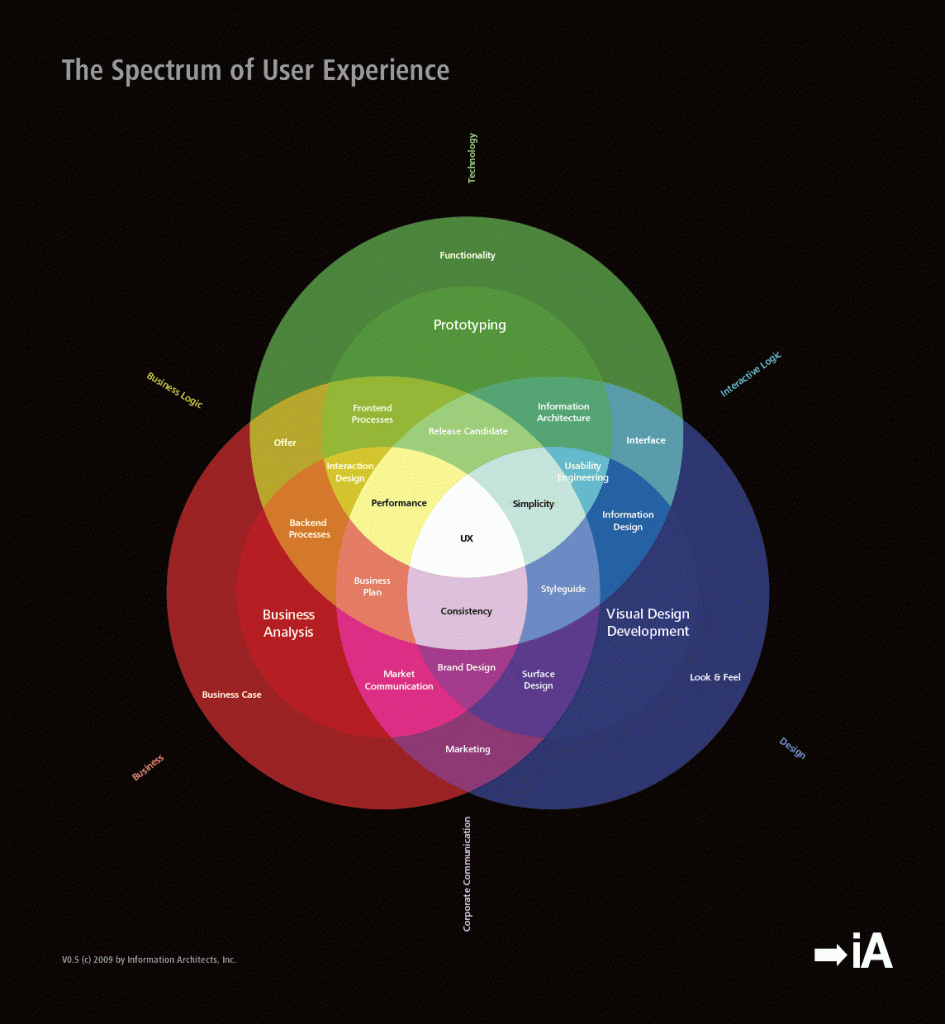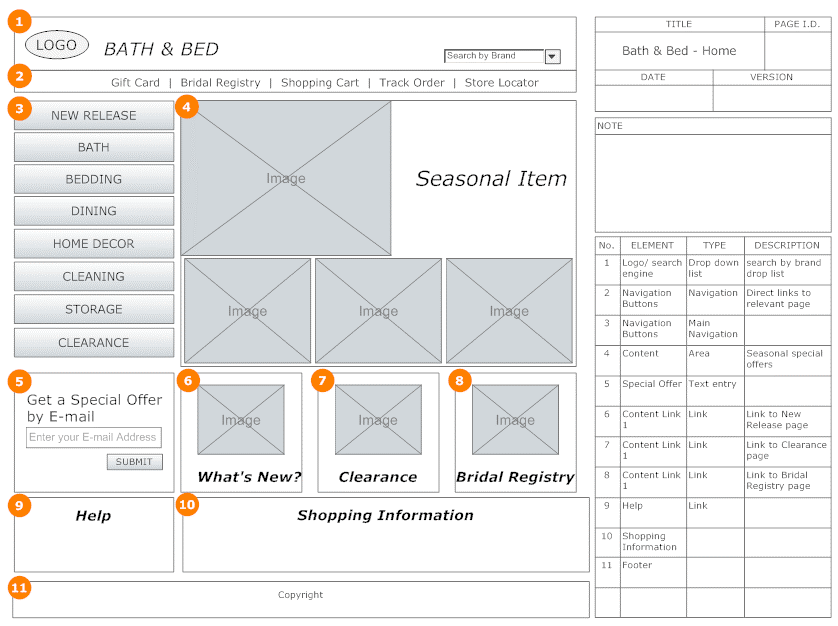Ever wondered what UX Design is? You have probably heard your tech-savvy friends talking about it during a conversation – where you already have no clue what they are talking about. Not quite as confusing as IQ, PQ and OQ acronyms for the quality control industry but UX stands for User Experience. The experience of being the clueless odd one out is frustrating. Most of the time it makes you feel dumb. Continue on reading, as I’m keen to share what I know and enlighten you about the subject regardless if you’re just curious or wanting to branch out from your old discipline of design. So let me guide you through the “What”, the “Why” and the “How” of the subject. Basically the baby steps for now, because we’ll be here till the proverbial cows come home.
What is UX Design?
Starting with the question of ‘what is it’? It’s a User-Centric design discipline with several facets that need to be addressed and the User’s Experience (UX) is at the heart of it all. I know what you’re thinking… that was quite a mouthful to digest. Don’t worry, as I’ll break it down for you. As illustrated in the diagram below, it expresses a multitude of facets that create the user experience. It’s quite a detailed and thorough process; you’re essentially conceptualizing an experience and then creating it. As you can tell I’ve been emphasizing a particular word that is a defining factor amidst all of this: Experience. Because that’s what it’s all about.
The most common example of user experience is an interaction between the user and a systems user-interface, such as using a smart phone. You swipe left, swipe right and you press on the particular app you want to use. An easy experience for anybody. Features like this contribute to constituting a user Experience. However that is merely the beginning, as UX DESIGN essentially aims for a positive and memorable experience for the user and this is when the other factors come into play, even before the interaction. A good example for good UX is the iPhone by Apple. The iPhone UX is so simple it contributes to the brands image, reputation and fits very well. Fun fact even the marketing contributes to a good UX (such as stepping into the apple store itself).

The spectrum of User Experience Design
Why UX Design?
At this stage you’re probably wondering why is it such a big deal? It is a big deal. To put it quite simply: we are dealing with and catering to the needs of the user. It’s not rocket science. To justify the need of good UX is easy, because it has a several facets that constitute the experience as a whole. Websites have become bigger, more complex and brimming with additional features – this has taken away the simplicity from the user experience. Not only have websites have become bigger and complex but they have become more accessible from different devices other than just desktop computers; such as through mobile, tablets, and even the television! This has created a need for greater UX Design to tackle these problems. To simplify what is complicated, and to give users a better experience without sacrificing the additional features, and making it accessible on the many new platforms available.
How can UX be done?
Now we must conclude this article by settling the question of “how can this be done?” As I said before, it’s quite a thorough process. There are several tasks that a UX Design performs at different parts of the process, such as evaluations of a current system, Option A VS B Testing, surveys, wireframes and prototypes. The list goes on.

Example wireframe
For now let’s look at the technique of Wireframing as an example. As you can see this technique is pretty simple to grasp, because all you’re doing is just simply plotting how where features will be placed prior to development. If you’re resourceful enough, you can also do this on pen and paper. Take into account these wireframes are derived from evaluations, testing’s, surveys etc. So take your time at this part of the process. At this point the importance of UX DESIGN should be abundantly clear.
I hope this article helps you as much as it helped me sharing it.
Images credited to the respective owners:
UX Spectrum – http://randsinrepose.com/archives/a-design-primer-for-engineers/
Wireframe example – http://webarmy.co.nz/portfolio/
For a more in-depth read on UX check out this great UX Checklist





